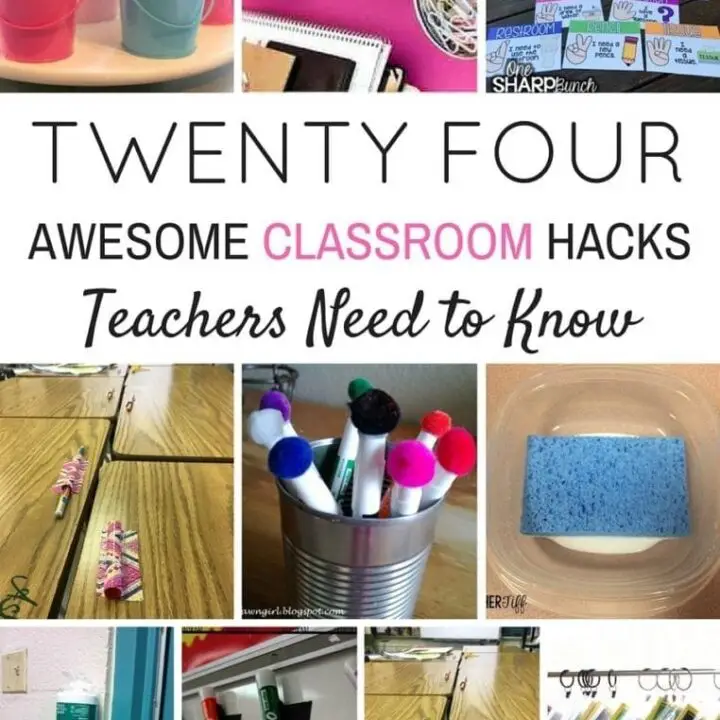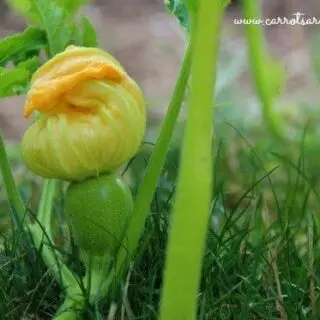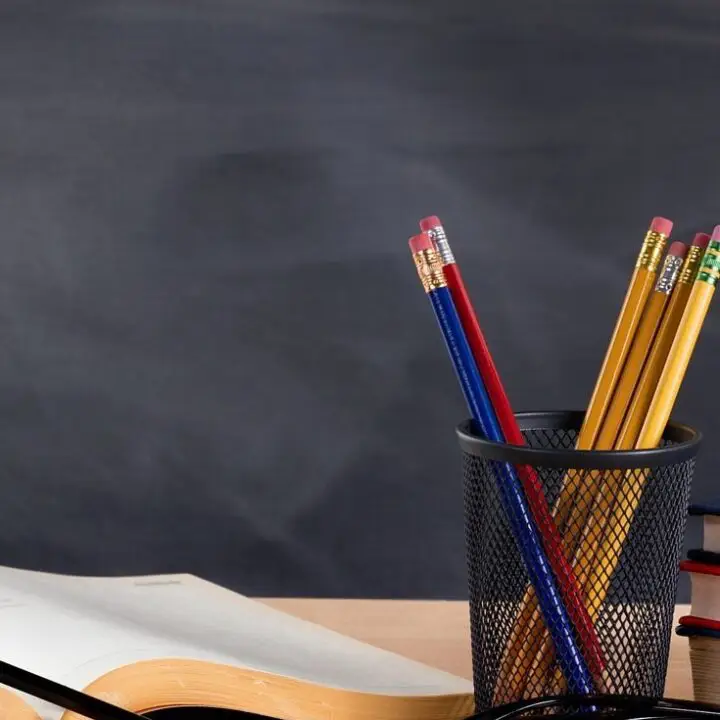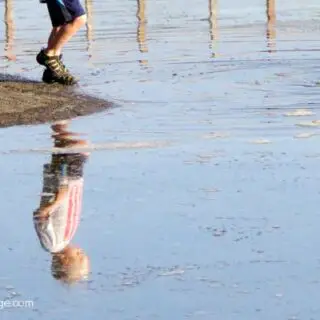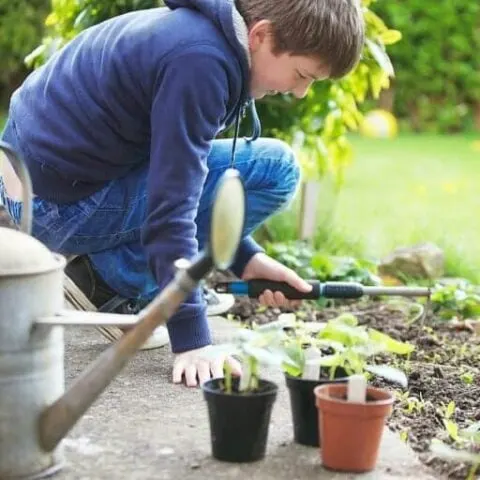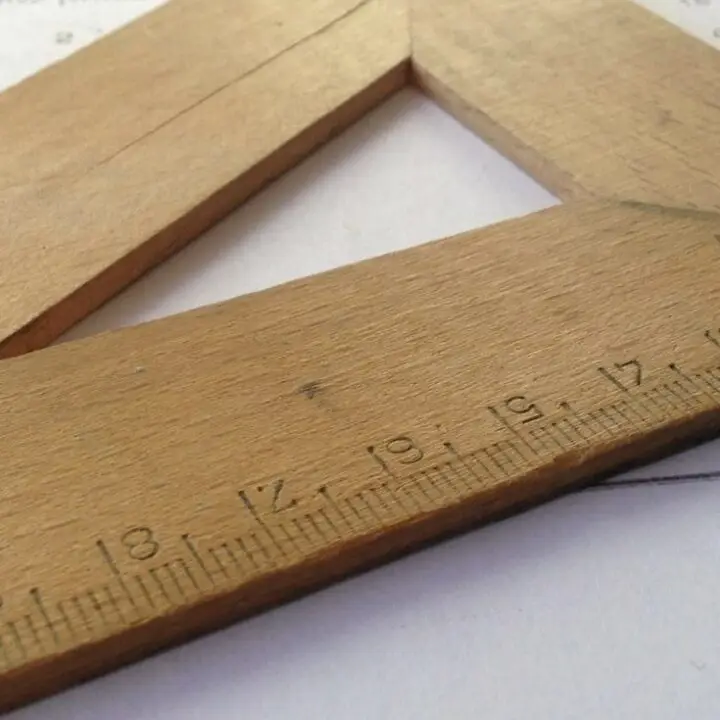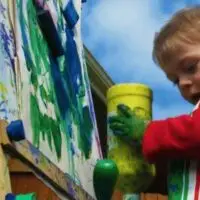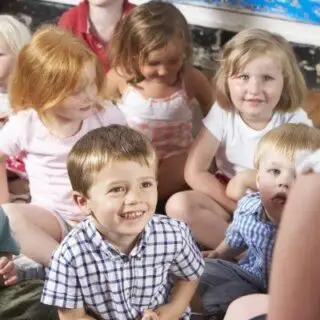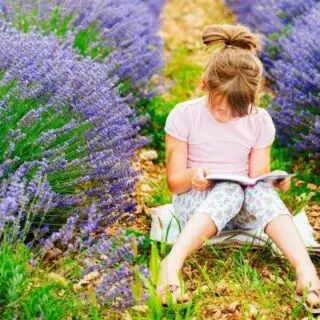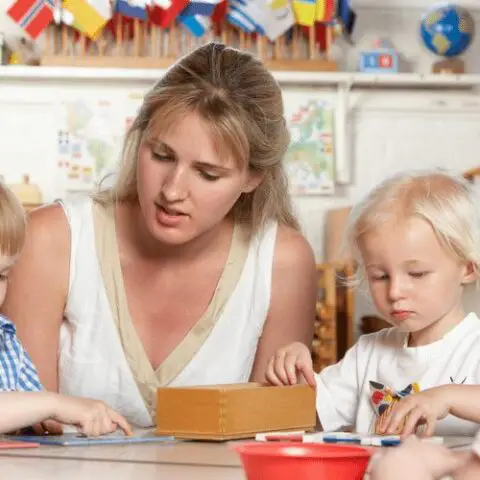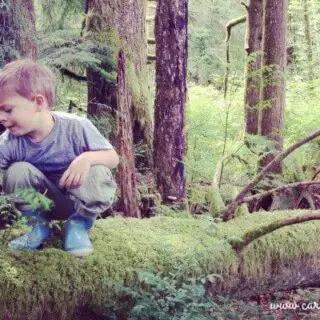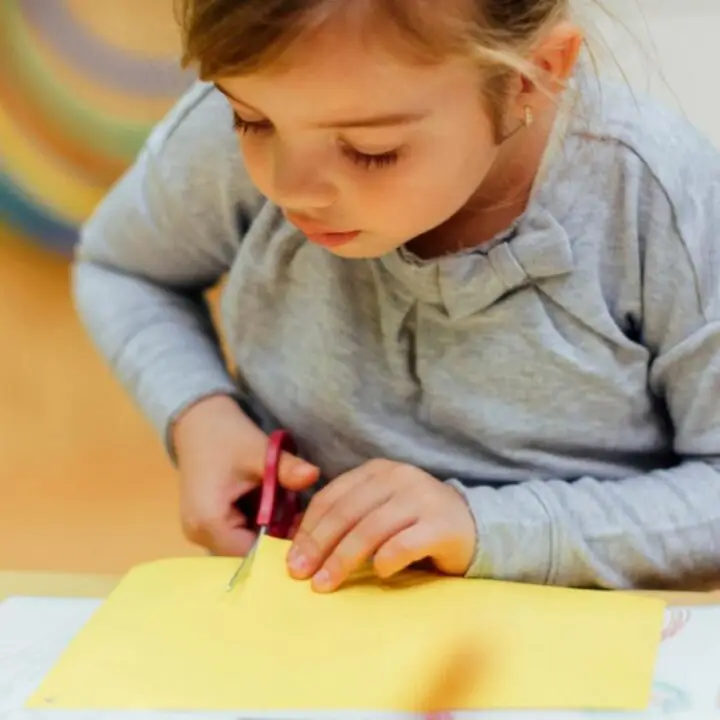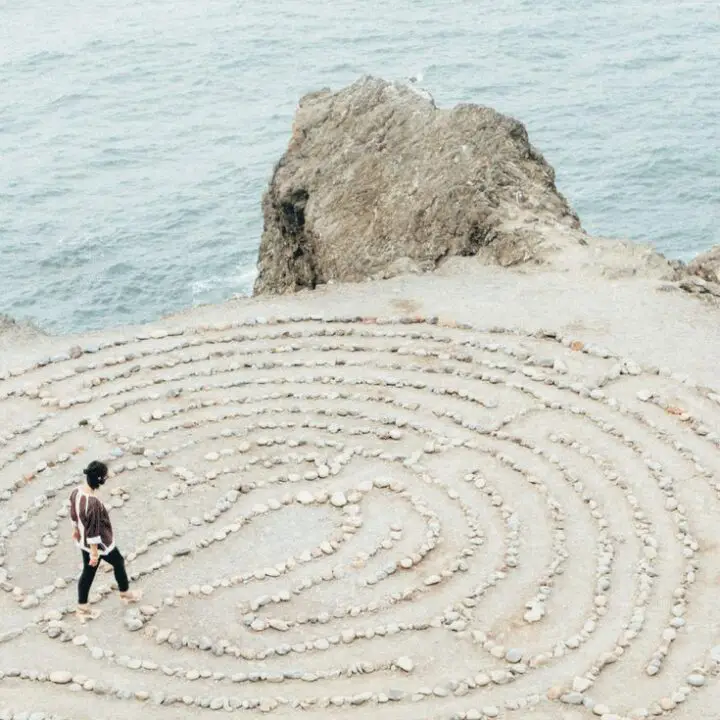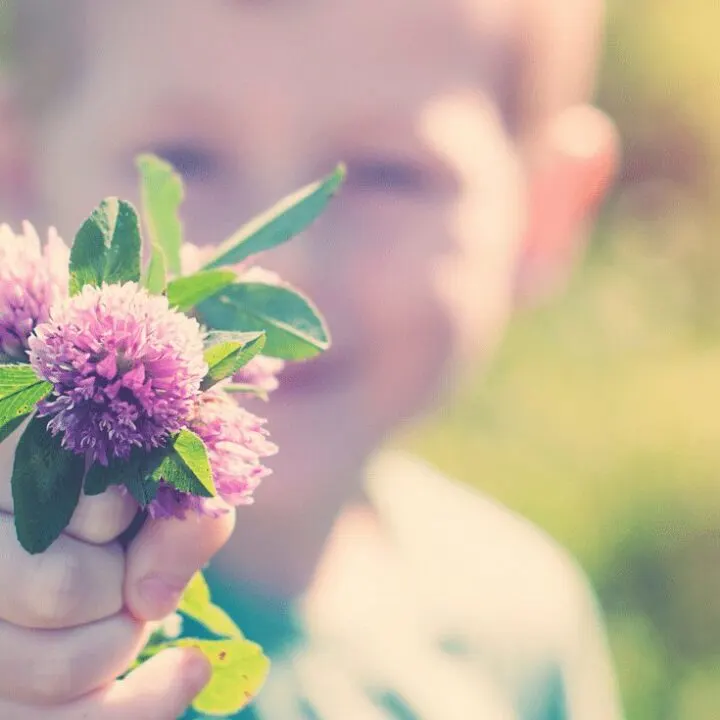A Montessori early childhood classroom environment is unique in how teachers assess children. You won’t find testing, quizzes, and grades within a Montessori environment.
Most of you reading this post are proud and happy that our children don’t have to face standardized tests. But where does that leave us?

How can we adequately assess a child’s progress and development?
Without formal tests and quizzes, how does a Montessori guide know a child’s progress?
How do they know what lessons to plan for that child?
Assessment in a Montessori Environment
The focus of assessment within a Montessori environment is not on the end product. Instead, the focus is on the process.
Related Read: 24 Brilliant Classroom Hacks Every Teacher Should Know
This explanation resonated with me:
“In a Montessori environment, the teacher works in concert with the children to drive the curriculum. While we naturally follow a rich scope and sequence for teaching across the content areas, we are also constantly assessing to see:
(1) if the content is resonating with each child, and how;
(2) where each child’s own interests reside and how to support this self-discovery; and,
(3) in what other ways content can be shared with children so that learners of all styles can find meaning in their work.
This process of Scientific Observation is the cornerstone of assessment in a Montessori environment.”
Montessori Madmen
The formative assessment considers the whole child’s development and makes assessments based on observations of the child. This assessment is essentially ongoing progress monitoring every day to check for mastery and understanding.
Related Read: My Top 20 Must-Have Montessori Classroom Essentials!
Summative assessment measures a child’s progress at a specific end period (such as the end of a month or quarter), often using diagnostic and standardized tests.
Except Montessori public schools, you will rarely find summative assessment tools within a Montessori environment.
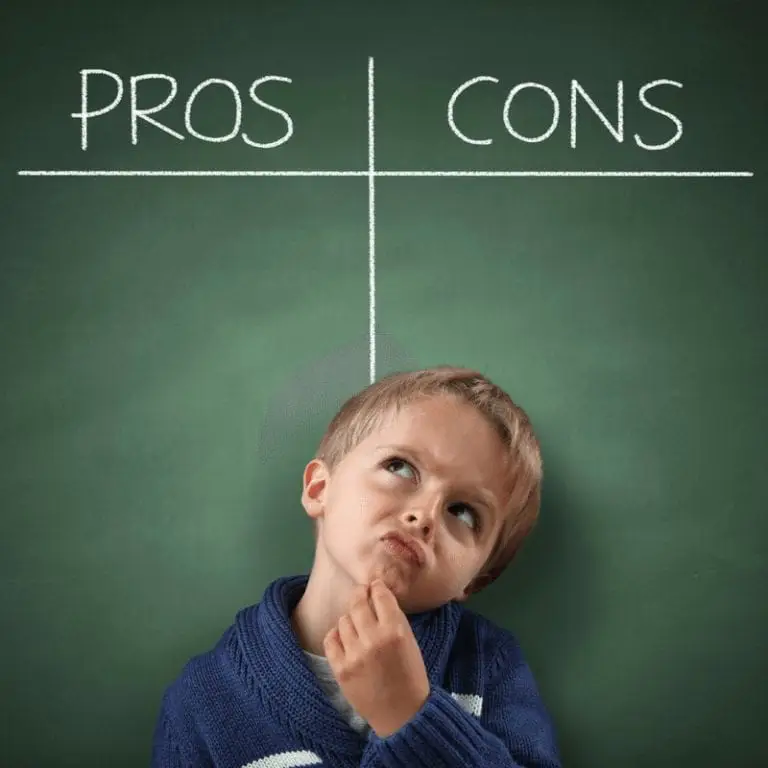
What is Montessori Assessment?
Good news! The Montessori environment lends to assessing a child naturally. So, assessment tools are used daily within a Montessori early childhood classroom.
Montessori assessment does not look like an assessment in a conventional school setting. With that said, the assessment is formal, detailed, and customized to each student.
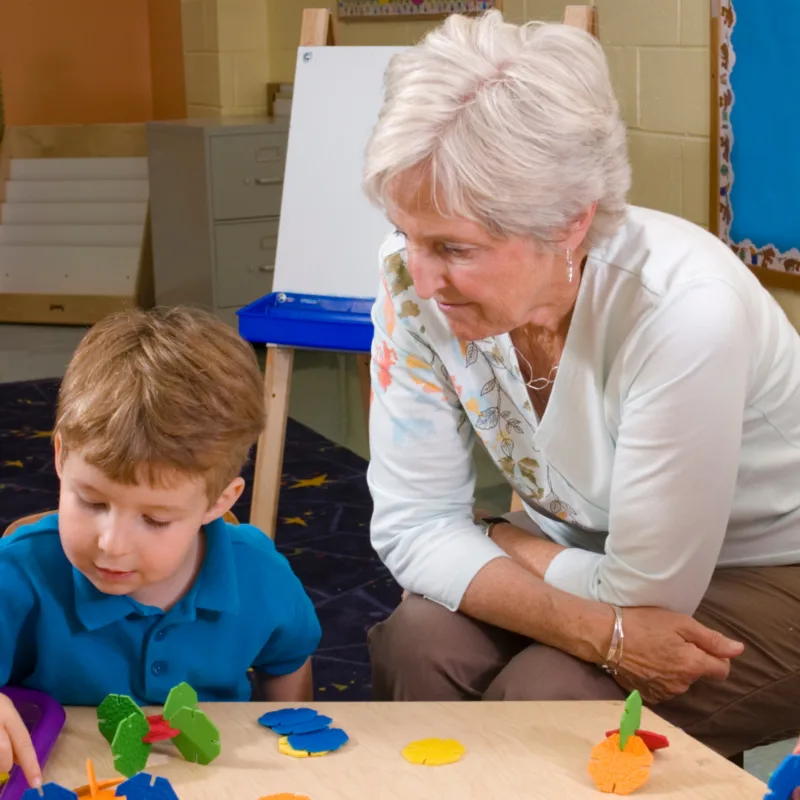
How Do You Evaluate the Work of Children in Montessori?
Montessori takes a different approach to evaluation than other schools. At the core of the Montessori approach is the idea that a lot of the learning and the development of the brain is not tangible.
In other words, a lot of the work done by children in a Montessori classroom prepares the child for more complex learning later in his schooling.
With that said, here are a few examples where assessment naturally occurs in a Montessori early childhood classroom:
- The Guide’s Daily Observations
- Lesson Progress of the Child (assessed through observation & presentations)
- Control of Error within the Materials (provides automatic feedback for the child & the guide)
Areas of Focus for Assessment in a Montessori Environment
Work Engagement
- How is the child choosing work?
- How is he utilizing the work?
- How does he ask for assistance?
Social & Emotional Behavior
- Is he wandering?
- Is he interfering with other children’s work?
- Describe his interactions with peers.
- Is he fidgety? Does he have trouble sitting still?
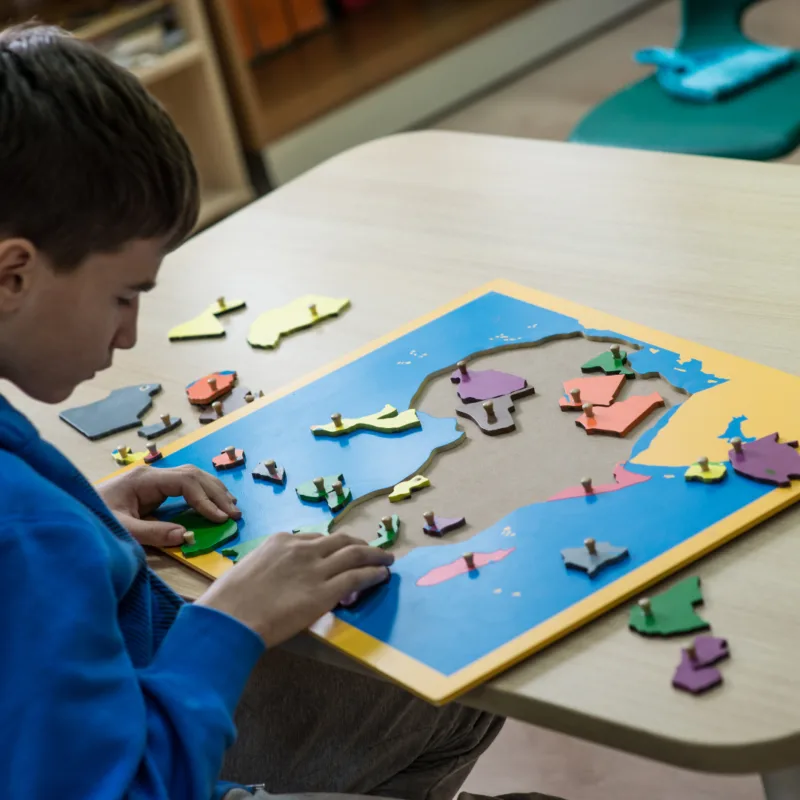
Order of the Environment
Assessing your environment is just as critical as assessing the child (and yourself, for that matter).
This checklist is a fantastic resource for assessing the environment: Environment Assessment Checklist
Montessori Assessment Tools & Resources
Assessment Tools
- Use a lesson tracking document (like this record-keeping document from Montessori Printshop) that indicates presented to the child, assistance required, and mastery of the work.
- Examples of the child’s work give a good indication of the progress made and where attention needs to focus
- Written observations are narratives of your daily, weekly, and monthly observations of the child.
Assessment Resources
- Formative versus Summative Assessment
- Shiller Math Diagnostic Tests
- Classroom Assessment Rubric
- Primary Observation Assessment Rubric
- Transparent Classroom & 9 Other Montessori Record-Keeping Tools
I am going to end with a quote from Montessori Madmen about the role and the responsibility of the Montessori guide:
“The Montessori teacher is an artist – trained in noticing the cognitive, emotional, social, and behavioral needs of children.
We are constantly assessing a children’s position along their own arc of educational understanding, and adjusting our practices to best meet them when they’re ready to learn.”
– Montessori Madmen
Let me know how you assess the children in your learning environment.
Marnie

